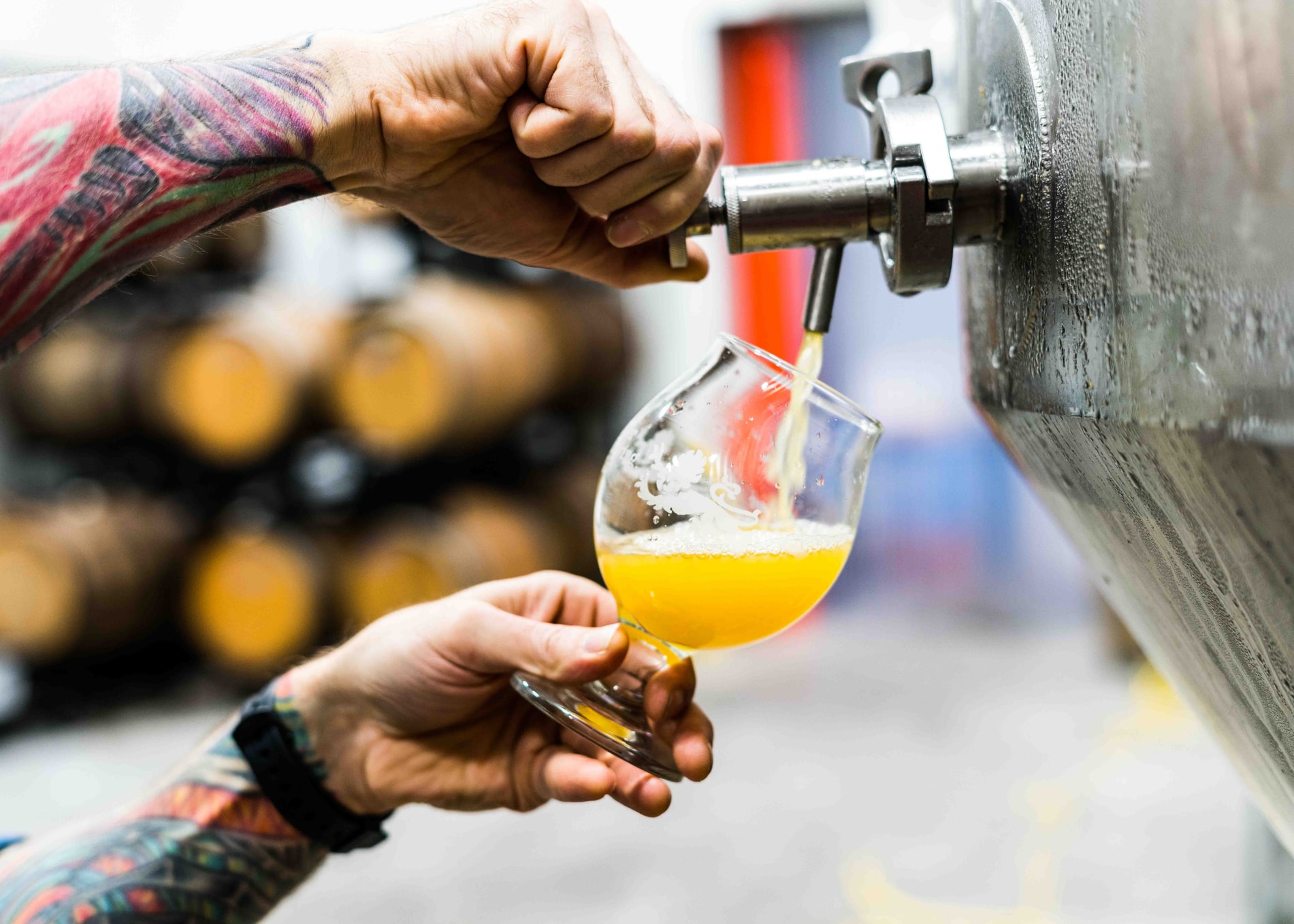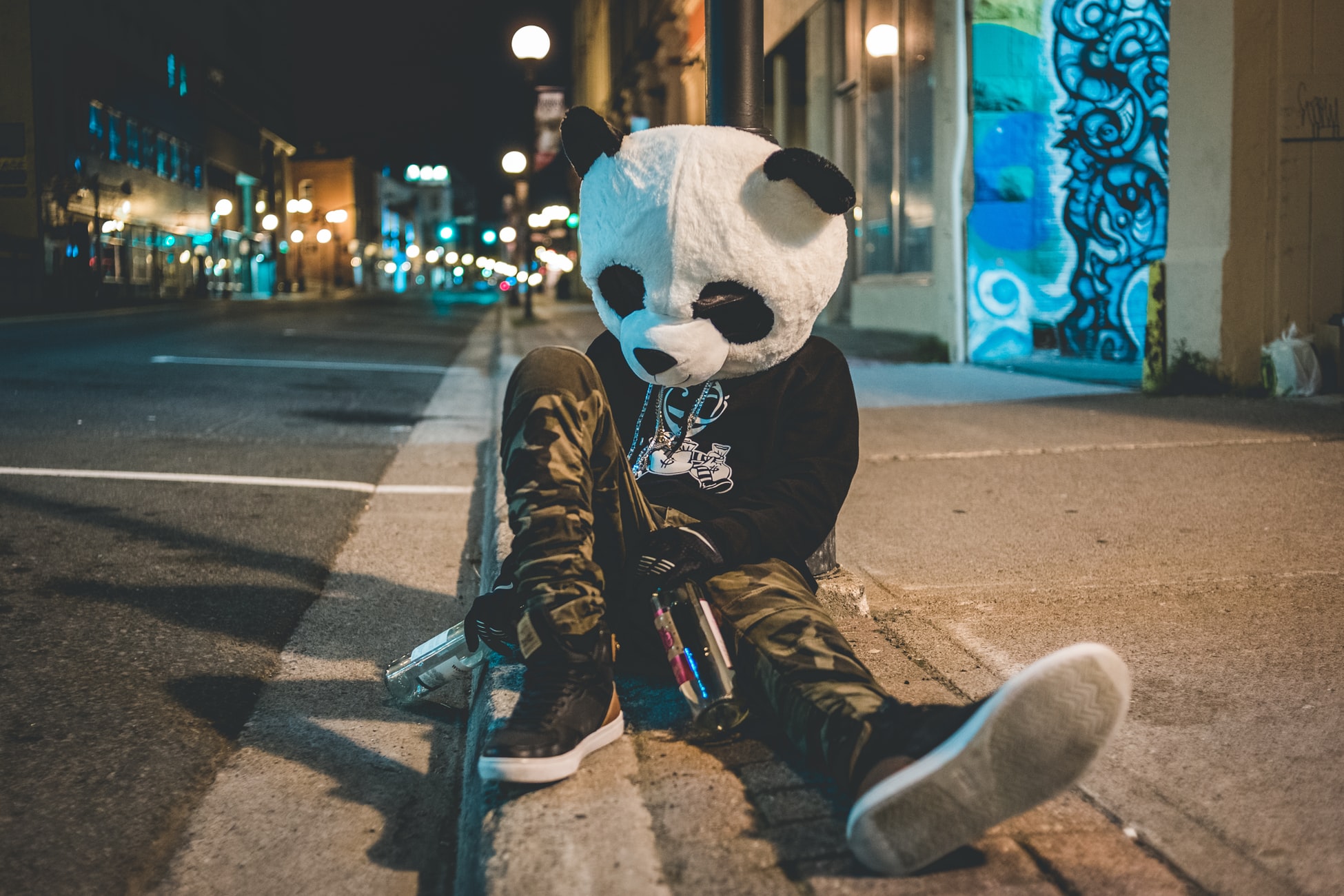
- Better Society -
- 4mins -
- 214 views
The rise of the booze-free bar
Around the world, alcohol-free bars are taking off as they offer opportunities for social connections without peer pressure to drink.
All the fun, hangover-free! Sober bars are now a thing
Could it be time to sober up? While a bar without alcohol might seem something of an oxymoron, they’re a thing now, and they’re gaining popularity. There is an ever-growing list of international establishments catering to a teetotaling crowd. All the opportunities for fun and social interactions, free from the negative connotations and potential misery a few too many alcoholic drinks can cause.

An alcohol-free nightlife option can appeal to people who would prefer not to drink
Alcohol has become so ubiquitous that it’s perfectly acceptable to wear T-shirts announcing “Mama needs some wine” or “Daddy needs a beer,” but no shortage of research links excessive alcohol use to fatty liver, cirrhosis and cancers of the breast, liver, colon, mouth and throat as well as heart disease, high blood pressure, stroke, dementia, anxiety and depression. Nearly half of murders involve alcohol, according to studies.
Even one drink a day is unhealthy, Dr. Sarah Hartz, an assistant professor of psychiatry at Washington University in St. Louis, told USA Today. “If you’re going to drink, know it’s not good for you.”
However, there is a growing trend around the world for alcohol-free bars. In an age where people drive cars without having to fill up the tank, and buy burgers without meat, now is the time for bars without alcohol.
In cities like New York and London, where bars often function as second living rooms for apartment dwellers with little space, an alcohol-free nightlife option can appeal to people who, for whatever reason, would prefer not to drink.
Alcohol-free bars aren’t a new concept. In the late 19th Century, a number of alcohol-free bars known as temperance bars were established in the UK on the heels of the temperance movement, which advocated abstinence. Fitzpatrick’s Temperance Bar, founded in 1890 in Rawtenstall, north of Manchester, is still slinging root beer and glasses of dandelion and burdock today.

The worldwide market for nonalcoholic beer is projected to double to about $25 billion by 2024
A look at the recent uptick in alcohol-free, distilled spirits that are being produced and shipped all across the world may actually point to the fact that this is, indeed, a global trend that’s here to stay.
Blended and bottled in England, Seedlip, for example, is the first-ever distilled nonalcoholic spirit. It comes in three different flavors and is served in 100 Michelin-starred restaurants across 15 different international cities with plans to expand further. In Melbourne, one company has even started distilling non-alcoholic gin, using native Australian ingredients to mimic the botanical notes of the real thing.
Heineken 0.0, the brand’s alcohol-free beer, first launched in Barcelona and then rolled out in the U.S. in time for “dry January” with a $50 million investment. Athletic Brewing Company produces nonalcoholic craft beers that even appeal to Olympians seeking recovery drinks.
The worldwide market for nonalcoholic beer is projected to double to about $25 billion by 2024, according to market research firm Global Market Insights. And Heineken’s own research says that nearly 30% of 21- to 25-year-olds haven’t had a beer in the past month, a stat inferring the need and demand for liquor-free options that still remind consumers of alcohol.
Source: Fortune

As more choose to go alcohol-free, so the choice of options increases
The huge growth in the number of craft breweries on both sides of the Atlantic has coincided with more people choosing to drink less alcohol, or even none at all. This has resulted in a big increase in the number of alcohol-free or low alcohol beers of all styles being available to buy, particularly in the UK. And many taste pretty good.
Sales are certainly now booming. According to one report, UK sales of low and alcohol-free beers jumped 28% in the year to February 2019, compared with the previously 12 months.
This sales growth is replicated in Germany, where as many as 1-in-15 beers sold is now estimated to be alcohol-free. Meanwhile, in Spain, which is the world’s largest consumer of alcohol-free beer – overwhelmingly in the form of ice-cold lagers – they account for 14% of all sales.
Source: BBC

